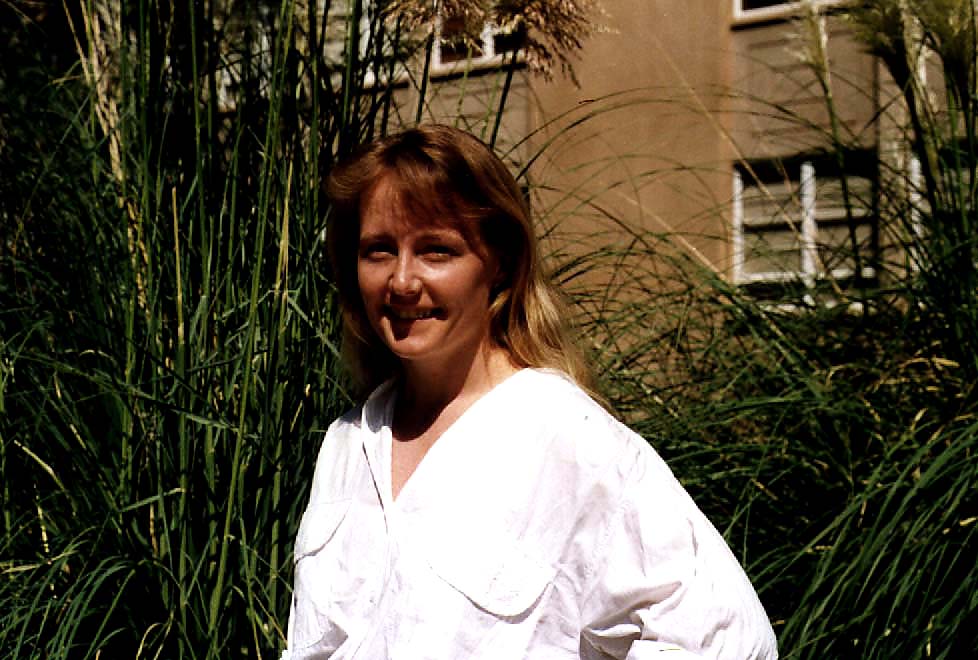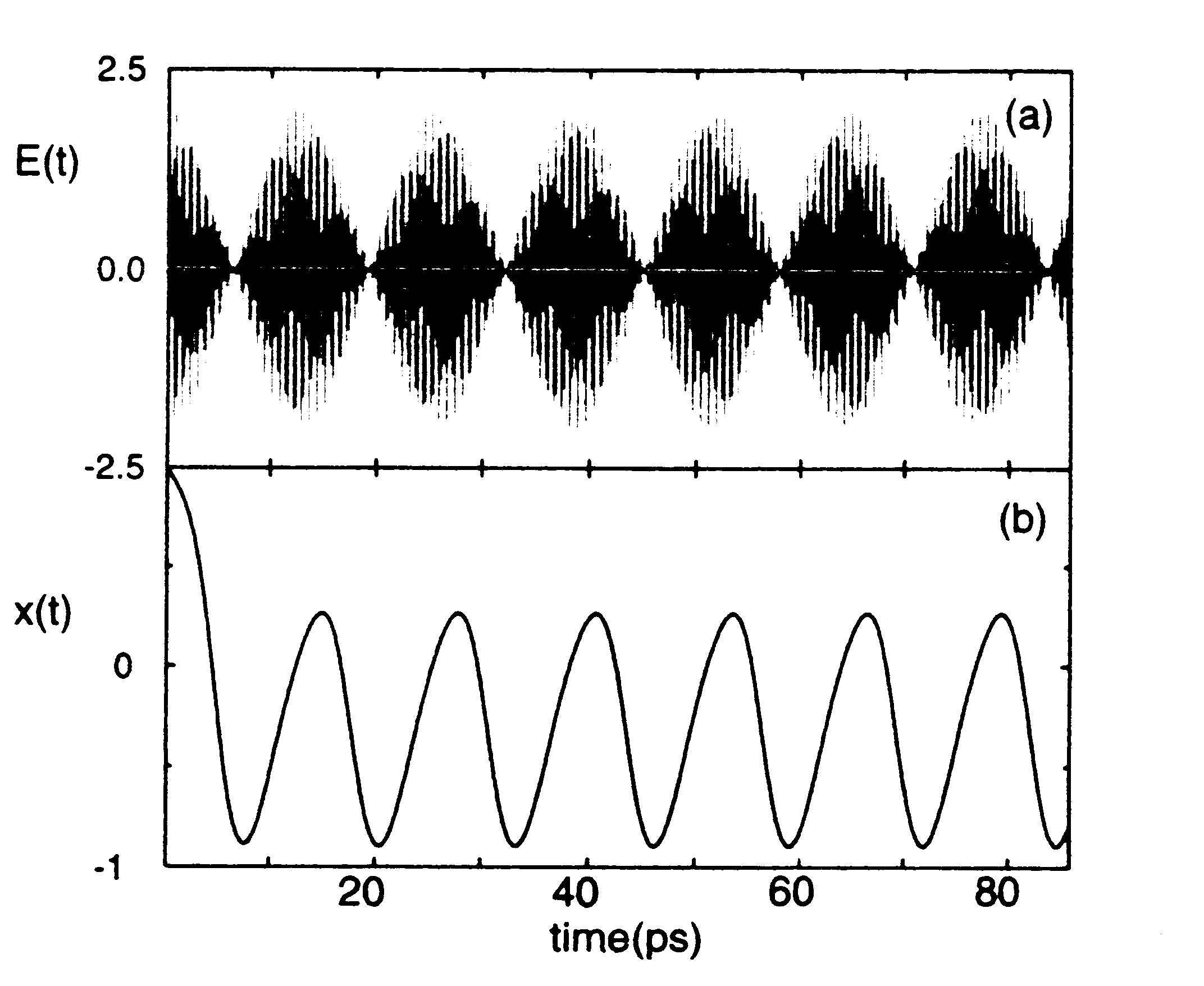

Deborah Evans, Assistant Professor;
M.S. University of the Witwatersrand, South Africa (1990);
Ph.D. University of Pittsburgh (1995);
Post-doctoral research fellow, University of Tel Aviv (1995-1996).
Our research interests are focused on quantum dynamics in condensed phase systems and materials. Studies of electron transfer in complex materials have been sparked to a large extent by two factors: first, the interest in developing electronic devices in the nanoscale regime and second, the expectation that these smaller systems may provide some insight into the behavior of much larger biological systems. In recent years, experiments of quantum processes in complex materials have provided a wealth of data.Our goal is to understand and predict the behavior of these processes employing time-dependent quantum mechanical calculations. These studies on potentially useful materials provide physically interesting systems where development of highly efficient numerical algorithms is imperative. Research directions proceed along three main lines:
Electron transport in branched macromolecules The effects of solvent and disorder on the electron transfer properties in novel branched macromolecules are studies using time-dependent quantum mechanical methods. Since these molecules form three-dimensional structures branching out from an organic core, their possible use as devices that conduct electrons in many directions may be exploited. Calculations of the electron dynamics in these materials may be compared directly with experimental measurements on electron transfer rates and conductivity of specific macromolecules in solution.
Electron transmission through thin films Understanding electron motion through molecular layers is important in designing thin film devices and describing electrochemical processes where electron transfer between electrodes separated by a solvent occurs. Our interest lies in electron tunneling in organized thin films. This entails classical molecular dynamics simulations of long chain carboxylic acids and a description of excess electrons on a quantum level. The focus of this project is on the development of efficient parallel computer algorithms to simulate excess electrons in thin layers several hundred angstroms thick.
Manipulating electron transfer with laser fields Our research is aimed at using computational techniques to design molecular systems where electron transfer reactions are reversed on a very short time scale to create molecular devices that may be controlled by external fields. Recently, the possibility of manipulating electron transfer reactions by external fields has been demonstrated computationally by several groups. New research directions include the study of electron transfer process in semiconductor materials and quantum well devices. These studies examine the feasibility of manipulating the current through nanoscale materials by laser fields.

Molecular switching: oscillations in the donor electronic state
population (x(t) in (b)) of an intromolecular electron transfer
system induced by a bichromatic laser field E(t) in (a).
|
MY HOME PAGE |